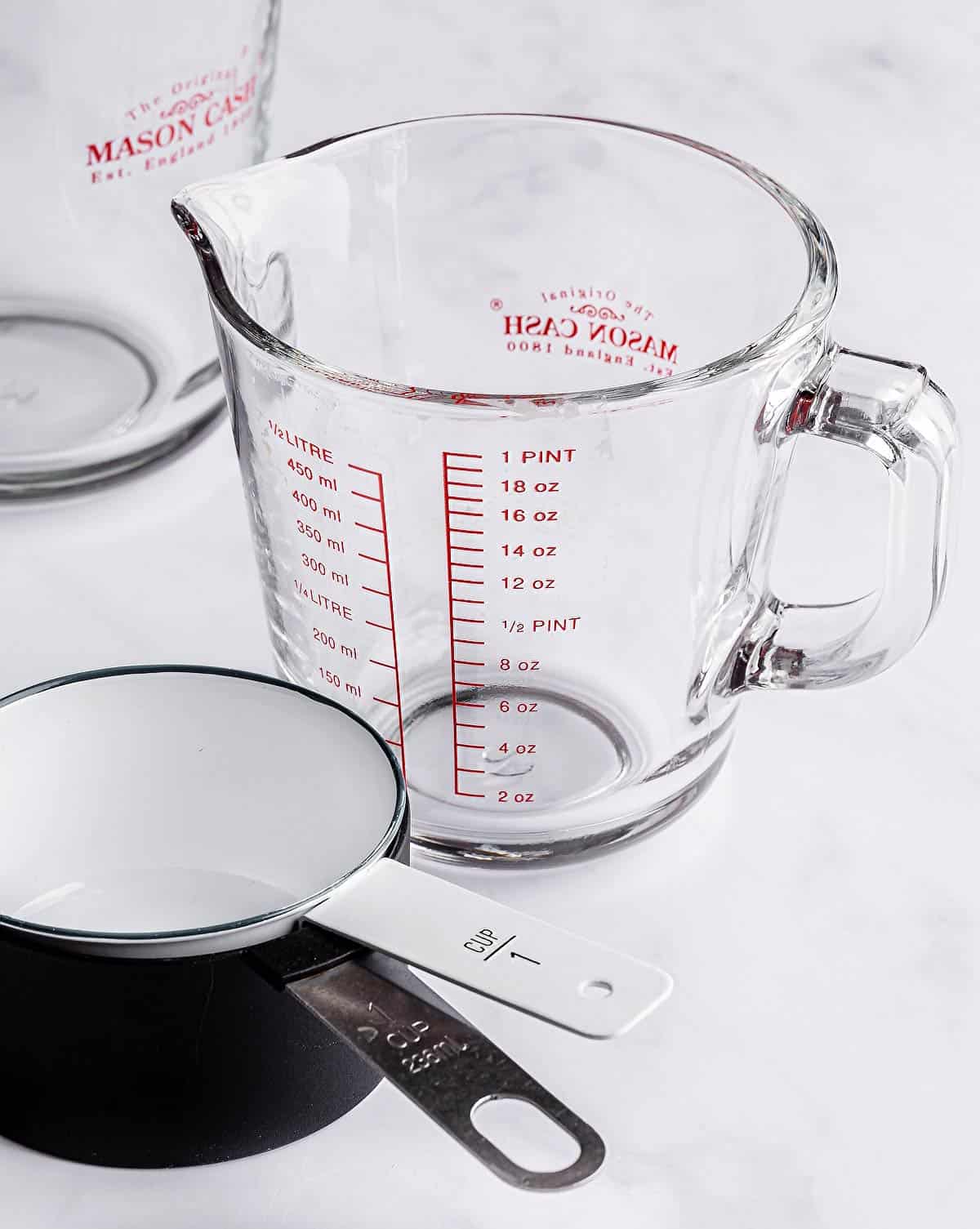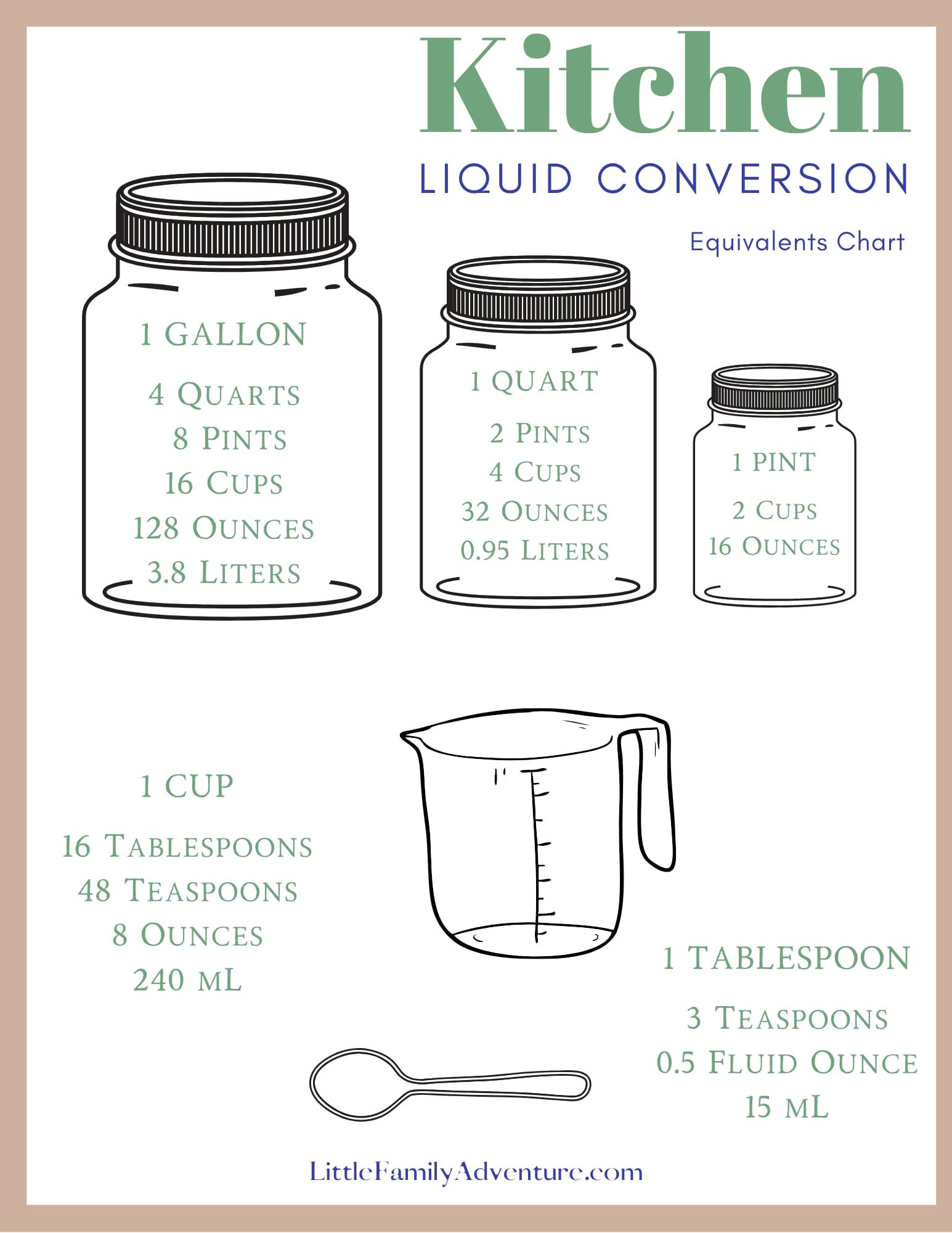Understanding how many ounces are in a pint is essential for anyone who frequently works with recipes, measurements, or conversions. Whether you're cooking, baking, or simply trying to measure liquids accurately, knowing the relationship between ounces and pints can make your tasks much easier. This guide will delve into the topic in detail, providing you with the information you need to understand this crucial conversion.
Many people find themselves confused when it comes to converting between ounces and pints, especially since the measurements can vary depending on the system you're using. In the United States, the pint is part of the imperial system, while other countries might use the metric system, which can lead to discrepancies. This article will clear up any confusion and provide you with accurate, reliable information.
In the following sections, we'll explore the history of the pint, how it's used in different contexts, and the exact conversion rates you need to know. We'll also provide practical examples and tips to help you apply this knowledge in everyday situations. So, let's dive in and uncover everything you need to know about how many ounces are in a pint.
Read also:Skip Heitzig Salary A Comprehensive Look At The Pastors Earnings And Ministry Impact
Table of Contents
- The History of the Pint
- Imperial vs. Metric Systems
- Differences Between US and UK Pints
- How to Convert Ounces to Pints
- Practical Examples of Pint Conversions
- Common Mistakes in Pint Conversions
- Tools and Resources for Accurate Conversions
- Applications of Pint Measurements
- Health and Safety Considerations
- Conclusion and Call to Action
The History of the Pint
The pint has a long and storied history, dating back to medieval times. It was originally used as a unit of measurement for both liquid and dry goods. The term "pint" is derived from the Old French word "pinte," which itself comes from the Latin "pincta," meaning "painted," referring to the marks on measuring containers.
Over time, the pint became standardized in various regions, leading to different sizes depending on the country or system of measurement. In the British Isles, the pint was used extensively in trade and commerce, while in the United States, it became part of the customary system of measurement.
How the Pint Evolved Over Time
The evolution of the pint can be traced through several key historical milestones. For instance, during the 19th century, the British government standardized the pint as part of the imperial system. Similarly, the United States adopted its version of the pint, which differs slightly from the British pint.
Imperial vs. Metric Systems
One of the most common sources of confusion when it comes to the pint is the difference between the imperial and metric systems. The imperial system, used primarily in the United States and the United Kingdom, measures volume in pints, quarts, and gallons. In contrast, the metric system, used in most other countries, measures volume in liters and milliliters.
Understanding the differences between these systems is crucial for accurate conversions. For instance, one pint in the imperial system is equal to 20 fluid ounces, while one pint in the metric system is approximately 16.9 fluid ounces.
Why the Imperial System Still Matters
Despite the widespread adoption of the metric system, the imperial system remains relevant in many parts of the world. This is particularly true in the United States, where recipes, cooking measurements, and even some scientific applications still rely on imperial units.
Read also:Julie Pitt Actress Model Latest News Photos
Differences Between US and UK Pints
Another important distinction to make is between the US pint and the UK pint. While both are part of the imperial system, they differ slightly in size. A US liquid pint is equal to 16 fluid ounces, while a UK pint is equal to 20 fluid ounces.
This difference can lead to confusion, especially for those who travel between the two countries or use recipes from different regions. Understanding these variations is essential for accurate measurements.
Why the Difference Exists
The difference between US and UK pints can be traced back to historical standards. The US adopted its version of the pint based on older English measurements, while the UK standardized its pint as part of the imperial system in the 19th century.
How to Convert Ounces to Pints
Converting ounces to pints is a straightforward process, but it requires an understanding of the specific system you're using. In the US, the conversion is simple: 1 pint equals 16 fluid ounces. To convert ounces to pints, divide the number of ounces by 16.
For example, if you have 32 ounces of liquid, you can convert it to pints by dividing 32 by 16, which equals 2 pints. Similarly, if you have 8 ounces, dividing by 16 gives you 0.5 pints.
Practical Conversion Tips
When converting between ounces and pints, it's helpful to use a calculator or conversion chart, especially if you're dealing with large quantities. Additionally, always double-check your calculations to ensure accuracy.
Practical Examples of Pint Conversions
Let's look at some practical examples to illustrate how pint conversions work in real-life scenarios. Imagine you're following a recipe that calls for 2 pints of milk. If you only have a measuring cup marked in ounces, you'll need to convert the measurement.
Since 1 pint equals 16 ounces, 2 pints would equal 32 ounces. Therefore, you would need to measure out 32 ounces of milk to meet the recipe's requirements.
Converting for Baking and Cooking
In baking and cooking, precise measurements are crucial for achieving the desired results. Understanding how to convert between ounces and pints can help you follow recipes accurately and avoid costly mistakes.
Common Mistakes in Pint Conversions
One of the most common mistakes people make when converting between ounces and pints is forgetting to account for the differences between US and UK measurements. As mentioned earlier, a US pint is 16 ounces, while a UK pint is 20 ounces.
Another frequent error is misinterpreting the conversion factor. Some people mistakenly believe that a pint is always equal to 8 ounces, which is incorrect. Always verify the specific system you're using before making conversions.
How to Avoid Conversion Errors
To avoid errors, use reliable conversion tools and double-check your work. Additionally, familiarize yourself with the differences between measurement systems to ensure accuracy.
Tools and Resources for Accurate Conversions
There are numerous tools and resources available to help you convert between ounces and pints accurately. Online conversion calculators, mobile apps, and measurement charts are all valuable resources.
For example, websites like the National Institute of Standards and Technology (NIST) provide detailed conversion tables and guidelines. Similarly, apps like ConvertPad and Unit Converter offer quick and easy ways to perform conversions on the go.
Recommended Tools for Everyday Use
Applications of Pint Measurements
Pint measurements are used in a wide variety of applications, from cooking and baking to scientific research and industrial processes. Understanding how to convert between ounces and pints is essential for anyone working in these fields.
For instance, in the food and beverage industry, pints are commonly used to measure ingredients, portion sizes, and serving quantities. Similarly, in laboratories, pints may be used to measure liquids for experiments and analyses.
Why Pints Are Still Relevant
Despite the increasing adoption of the metric system, pints remain relevant in many industries. Their versatility and ease of use make them a valuable unit of measurement for a wide range of applications.
Health and Safety Considerations
Accurate measurements are crucial in health and safety contexts, particularly in the medical and pharmaceutical industries. For example, medications and treatments often require precise dosages, which may be measured in pints or ounces.
Errors in measurement can have serious consequences, including incorrect dosages and potential health risks. Therefore, it's essential to understand and apply accurate conversion techniques to ensure safety and compliance.
Best Practices for Safe Measurements
To ensure safe and accurate measurements, always use calibrated tools and verify your calculations. Additionally, stay informed about industry standards and guidelines to minimize the risk of errors.
Conclusion and Call to Action
In conclusion, understanding how many ounces are in a pint is a valuable skill that can enhance your ability to work with measurements accurately. Whether you're cooking, baking, or working in a professional capacity, knowing the conversion rates and differences between measurement systems is essential.
We hope this guide has provided you with the information you need to master pint conversions. If you found this article helpful, please consider sharing it with others who might benefit from this knowledge. Additionally, feel free to leave a comment or explore other articles on our site for more useful tips and insights.

